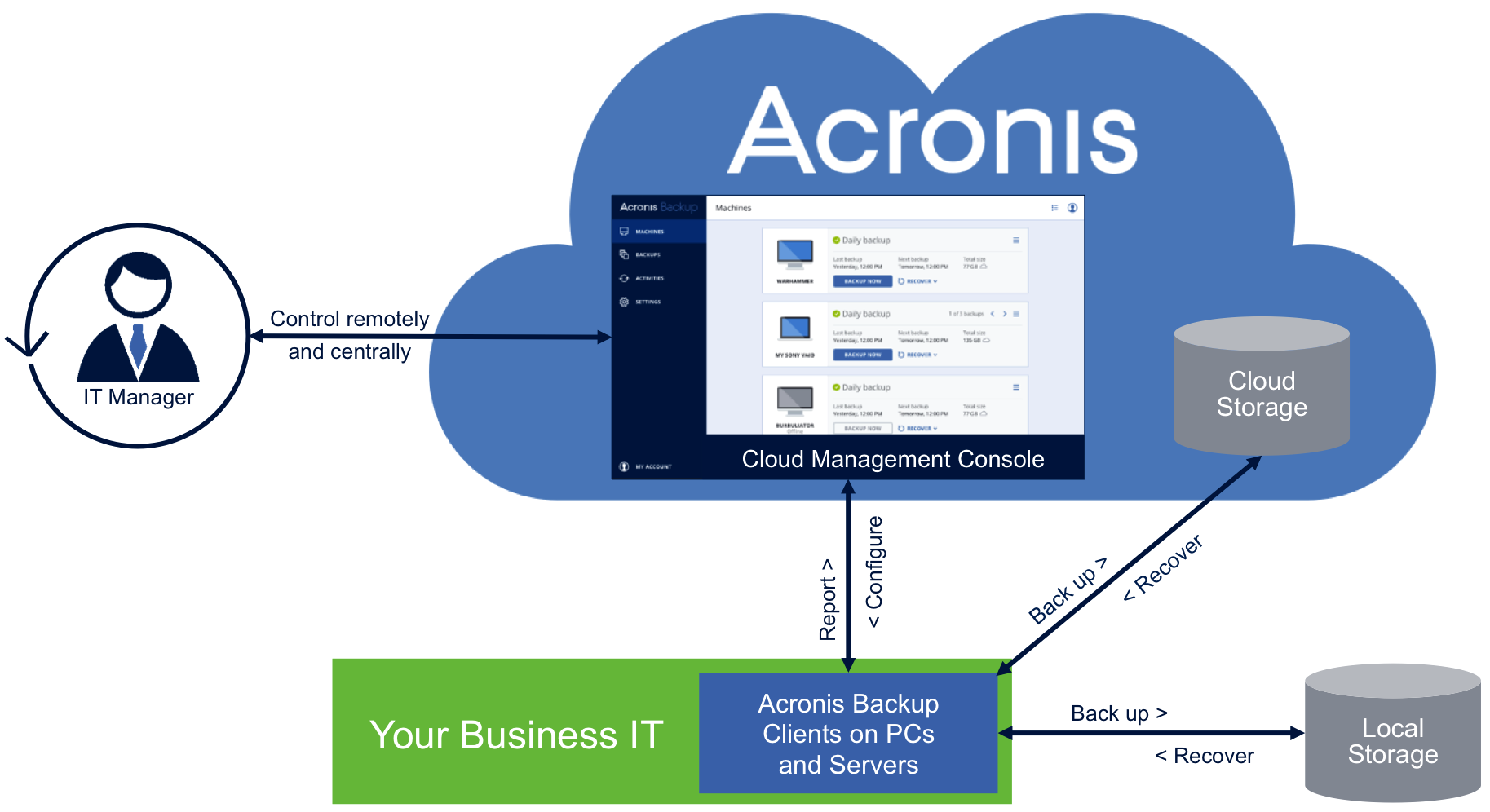


Best Choice Stellar Phoenix Data Recovery.

How to Create a Strong Password in 2023: Secure Password Generator & 6 Tips for Strong Passwords.How to Securely Store Passwords in 2023: Best Secure Password Storage.Best Password Manager for Small Business.How to Access the Deep Web and the Dark Net.Online Storage or Online Backup: What's The Difference?.Time Machine vs Arq vs Duplicati vs Cloudberry Backup.Note: You can use the new storage location for new customers only - you cannot move existing customers to this new location. Under Settings > Locations, you should now see the cloud backup. Once complete, go to Acronis Cyber Cloud and refresh the page. Note: Cloud storage is set up and billed directly with the provider, and is separate from your Atera account.ĥ. Click Download ISO if you'd like to set up Acronis Cyber Infrastructure on your own server.ĭuring the setup, when configuring Connecting to public cloud storage via Backup Gateway on the Acronis Gateway guide, choose a backup destination from the list of providers (choose between NFS and cloud storage, e.g., Wasabi).For Azure, see Backup Gateway Quick Start Guide for Microsoft Azure.For AWS, see Backup Gateway Quick Start Guide for Amazon S3 and EC2.

Set up Acronis Cyber Infrastructure with public cloud (Amazon AWS, Microsoft Azure, etc).Next, you need to install Acronis Cyber Infrastructure as a gateway to a cloud's object storage. Note: if the Add backup storage button is not visible, contact Atera Support to grant third-party storage permissions to your account.Ĥ. Click Settings > Locations > Add backup storage. From Add-ons > Acronis (on the sidebar), click Manage account.ģ. How to add an external storage location to Acronis:ġ. Note: Acronis Local Backup is required to add an external storage location (charged at 7¢ per GB per month). This article describes adding and configuring an external storage location to Acronis. Protect yourself against data loss by setting up your Acronis backup solution with a cloud or on-premise destination. Acronis Cyber Cloud backups deliver additional solutions to meet today's data protection demands, allowing you to automate backups to any cloud or on-premise destination from any installation point.


 0 kommentar(er)
0 kommentar(er)
